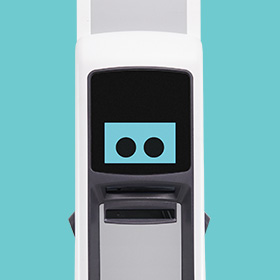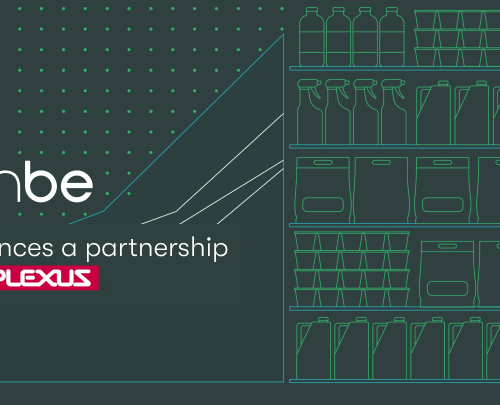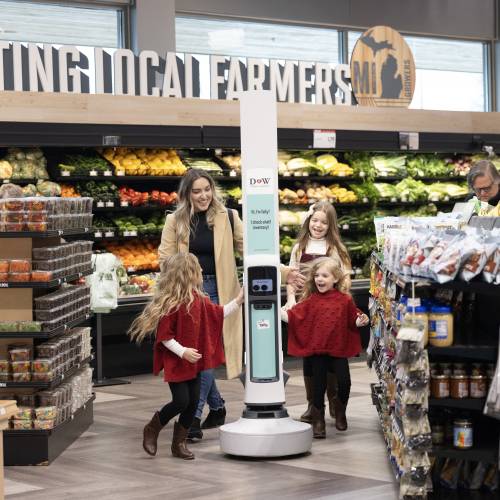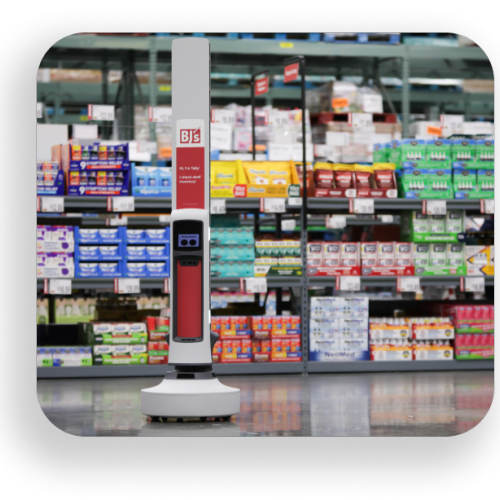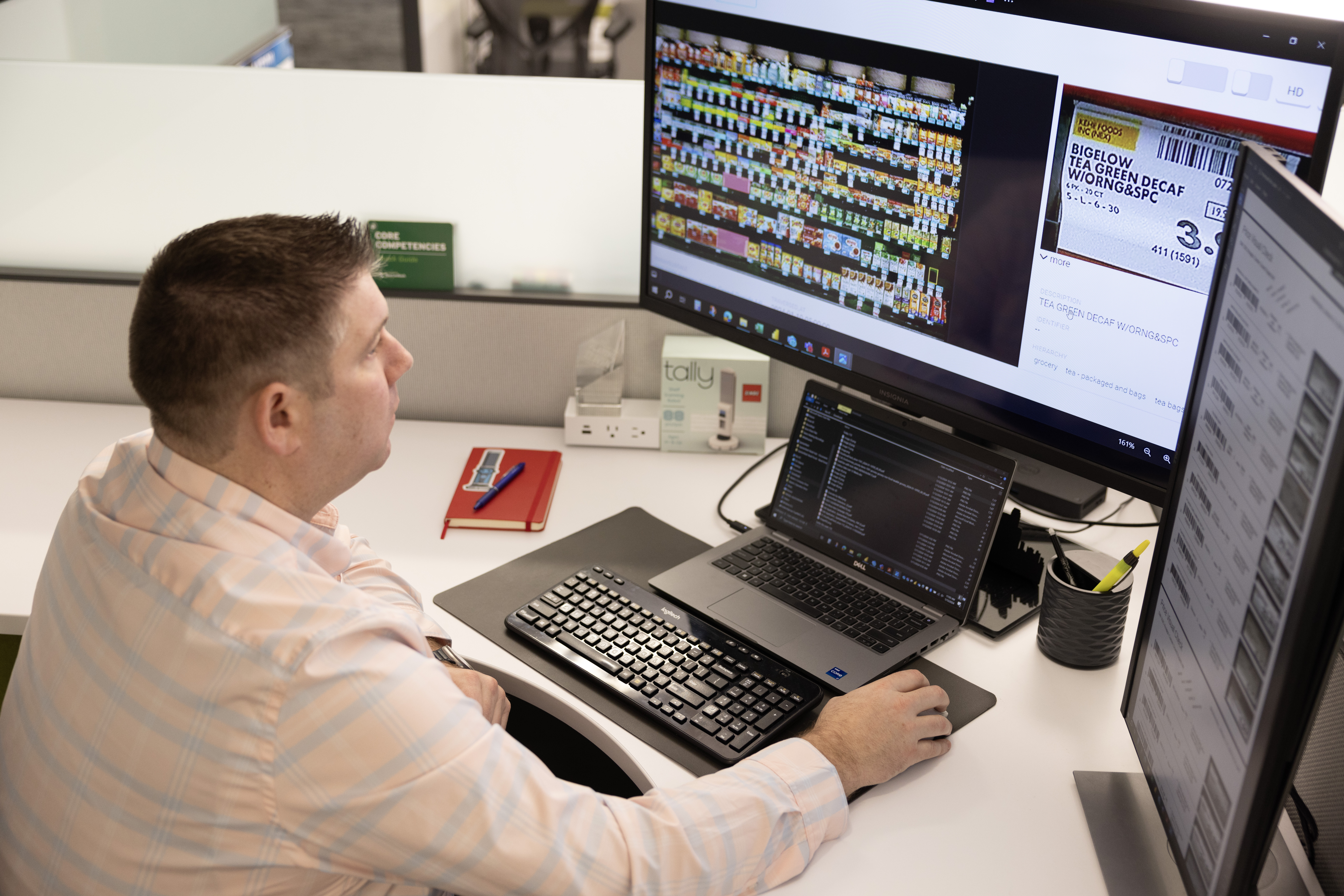
It’s clear that traditional approaches to collecting accurate inventory counts no longer support retail’s modern needs. Over 60% of items believed to be out-of-stock are actually in stores and back rooms. Poor product availability has caused more than half of shoppers to permanently shop somewhere else since 2020. And labor turnover has peaked 95% in recent years, expressly because of monotonous tasks like manual inventory checks.
For this reason, more and more retail organizations are evaluating computer vision (CV) technology to improve store operations while upleveling their store team and shoppers’ experiences. But such evaluation requires deep understanding of many technological nuances that span potential use cases, vendor qualifications, and proof points – as well as important corporate realities across business strategy, executive team priorities, the retailers’ tech stack & planned roadmap, and more.
Following are a dozen questions that we’ve seen industry leaders like BJs, SpartanNash, Wakefern and others use to assess and select store intelligence technology, ultimately creating impactful business value that lasts and scales.
INTERNAL READINESS
1 - Is the business ready to support technology innovation?
New technology requires company-wide commitment and support, so be sure your executive team understands the pain points and impact associated with your current approach to inventory management – and is unified around the business outcomes a new solution can provide.
2 - Are business and IT leaders aligned?
The most impactful CV deployments began with store operations and technology teams that invested the time to get aligned. This process can involve some friction as use cases are understood, priorities & criteria are honed, and both departments co-create a shared language.
BUSINESS VALUE
3 - How does the ROI overlay onto your business?
The ROI that computer vision technology creates can span multiple parts of your organization, if chosen and implemented correctly. When asked, CV vendors should be able to quickly supply quantifiable proof points from multiple customers for the use cases that you are considering.
4 - Do capabilities contribute to multiple value streams?
Use cases may include everything from price & promotion accuracy, item location, planograms, supplier relationships, e-commerce efficiency, shrink, and loss prevention & response.
5 - How fast is setup and time to value?
Full-chain deployment should have taken several months for previous deployments and be possible for you along a similar timeline. Time to value conversations should focus along the same duration as well.
CRITICAL PROOF POINTS
6 - Has the technology been tested at scale (100s of locations)?
If you dig in with many VC vendors, you’ll discover that many current deployments involve only one, two or three stores. Be sure that vendor customers have deployments across 100s of locations – if not chain-wide. Conducting background reference calls is never a bad idea.
7 - Will customers provide references on why they’ve been happy for years?
Be sure that referenced deployments like Sam’s Club or Home Depot aren’t actually dissatisfied customers – or as in the case of Walmart Canada’s Retail Innovation Lab, technology that’s in the process of being removed. Customers should be able to cite concrete examples about the quality of technology, service, and business outcomes they’ve received.
TECHNOLOGY & SERVICE CAPABILITIES
8 - What is the best sensing modality for your store format?
Autonomous robots are best suited for grocery and large format environments, where one robot can traverse each location multiple times a day. Fixed cameras are best suited for smaller formats like convenience stores, where you don’t need to purchase, protect, and constantly maintain thousands of the expensive devices.
9 - Regardless of sensor device type, do the computer vision devices offer sufficient precision to surface AI-driven insights?
Hardware look, feel, and price are irrelevant if the image quality doesn’t ensure top-quality precision. Fixed cameras, for instance, do not offer the accuracy that grocery and large format clubs require. In contrast, autonomous robots offer the highly-accurate computer vision that enables AI systems to surface insights across price, availability, location, and more.
10 - What SLAs does the partner provide?
Service level agreements should be vetted and used across many customer deployments – and span coverage assurances, accuracy standards, time to value, and hardware support.
11 - What are the IT/infrastructure requirements?
Best-in-class technology will require minimal support. For example, planograms and IT support should not be needed. Setup should be possible in a day, requiring an electrical outlet, WiFi, and a minimal amount of space.
The above criteria has been proven to generate remarkable results over and over, including:
- Reducing out-of-stock (OOS) rates by 60%
- Achieving an industry-leading 98% on-shelf availability
- Slashing inventory on-hand (addressable) OOS rates by 80%
- Freeing >2.5 hours / store / day to better serve shoppers
- Improving e-commerce fulfillment times by 50%
To learn more about creating similar outcomes with Simbe’s store intelligence platform, schedule a demo.
